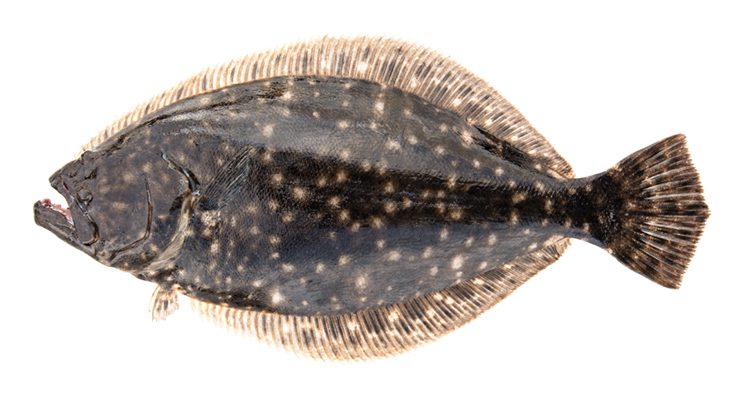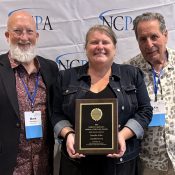
Clarification Aug. 29: Coastal recreational anglers will have a higher flounder quota this season, but that does not change the season length or bag and size limits.
Original post Aug. 22:
Supporter Spotlight
Coastal recreational anglers are now allowed to catch more southern flounder.
The North Carolina Marine Fisheries Commission earlier this week adopted an amendment to the southern flounder fishery management plan that evenly splits landings of the popular fish between commercial and recreational fishers.
Amendment 4 shifts total allowable landings to an additional 53,000 pounds from the commercial sector to the recreational sector this upcoming season, which is scheduled for Sept. 1-14.
The additional quota, however, does not equate to an extension of the 2025 recreational season, according to the state Division of Marine Fisheries.
“Rather, it will reduce the risk of recreational catch overages in the fishery this year, which would be subtracted from the next year’s quota,” according to a division release.
Supporter Spotlight
The division is exploring “more comprehensive management measures” through developing Amendment 5 to the plan.
Measures fisheries commissioners said they would like to be considered in that proposed amendment include decoupling southern flounder management from Gulf flounder and summer flounder management, and allocating quota equitably between commercial gears and management areas.
During the commission’s two-day meeting in Raleigh earlier this week, division staff presented an analysis of the striped bass harvest closure and gill net closure above the ferry lines in the Neuse and Tar/Pamlico rivers. Data shows those closures have not resulted in an increase abundance of striped bass in those rivers, despite continued stocking efforts.
Based on current management plans in the striped bass fishery, the division “will develop harvest management measures that allow access to, and protection for, the resource,” according to the release.
“The harvest management strategy will focus harvest on stocked fish in the Neuse and Tar/Pamlico rivers but limit harvest of Albemarle-Roanoke Striped Bass that occasionally occur in these rivers,” it states.
Restrictions on gill nets will revert to those in place before the prohibition, including tie-down and distance-from-shore requirements.
A harvest management plan is expected to be presented to the commission in November.
Prior to the November meeting, the division will host a public meeting on the striped bass harvest management plan. Details of that meeting will be announced at a later date.
The commission also directed the division to draft proposed rule language for a 5-fish per person recreational bag limit for Atlantic bonito, which the commission is expected to consider at its November quarterly business meeting.
Commissioners also voted to set the annual cap on the number of commercial fishing licenses available in the eligibility pool at 500, draft a letter to the North Carolina General Assembly highlighting the importance of finance resources to the Department of Environmental Quality and Division of Marine Fisheries, and elected Commissioner Sarah Gardner as vice chair.
A video recording of the meeting is available on the Marine Fisheries Commission Meetings webpage.







